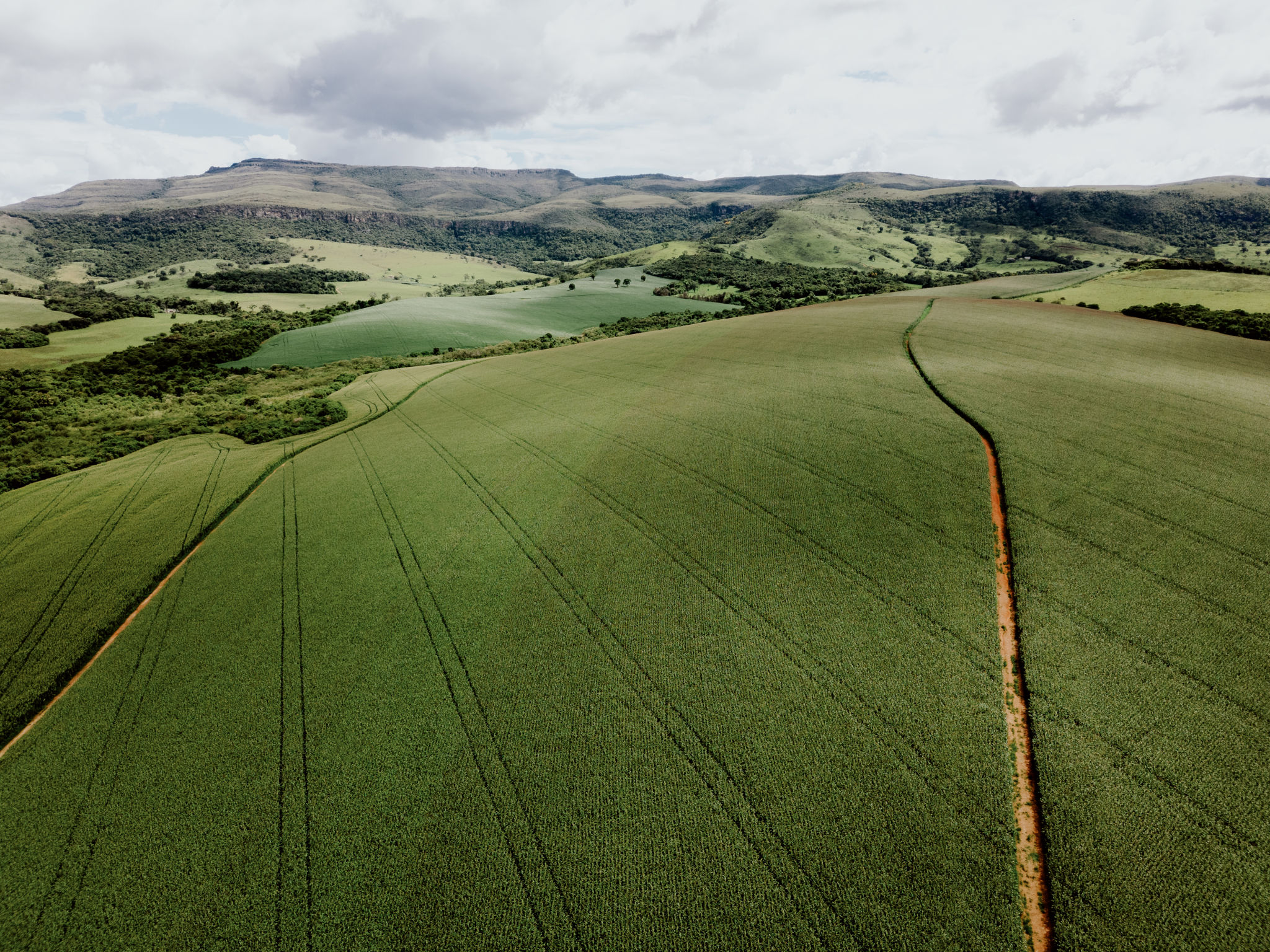Seasonal Drone Maintenance Tips for Optimal Performance
Preparing Your Drone for Seasonal Changes
As the seasons change, so do the conditions in which your drone operates. To ensure optimal performance year-round, it's crucial to adjust your maintenance routine. Different weather brings unique challenges that can affect your drone's functionality and longevity.
Regular maintenance not only enhances performance but also extends the lifespan of your equipment. Addressing the specific needs of your drone during different seasons can help prevent unexpected malfunctions and costly repairs down the line.

Spring: Checking for Winter Damage
With the arrival of spring, it's time to inspect your drone for any damage incurred during the winter months. Cold temperatures and moisture can wreak havoc on electronic components. Start by checking the battery for any signs of swelling or reduced capacity, as these can indicate damage from the cold.
Inspect the propellers for cracks or chips that might have resulted from flying in icy conditions. Replace any damaged parts immediately to ensure safe and efficient operation. Additionally, clean the camera lens and sensors to remove any residue or fogging accumulated during winter flights.
Summer: Managing Heat and Humidity
Summer brings its own set of challenges, primarily heat and humidity. High temperatures can cause batteries to overheat, reducing their lifespan. It's advisable to store batteries in a cool place and avoid charging them immediately after a flight when they are still warm.
Ensure that your drone's firmware is up-to-date to take advantage of any improvements in heat management. Regularly clean the drone's exterior to prevent dust and debris from accumulating, which can interfere with its cooling system.

Fall: Preparing for Cooler Temperatures
As fall approaches, it's essential to start preparing your drone for cooler temperatures. Batteries are particularly susceptible to cold weather, so consider investing in a battery warmer or keeping spare batteries in a warm environment before use.
Check all moving parts for lubrication needs, as temperature changes can affect their function. Ensure that your drone's GPS and compass are properly calibrated, as magnetic interference may increase during this season due to atmospheric changes.

Winter: Navigating Cold and Moisture
Winter presents some of the most challenging conditions for drone pilots. Cold weather can significantly reduce battery performance, so planning shorter flights or carrying extra batteries is recommended. Preheat your drone in a warm environment before heading out for a flight.
Moisture from snow and ice can damage sensitive components. Ensure that your drone is completely dry before storing it after a flight. Consider using a protective case or waterproof bag to shield your equipment from the elements when not in use.
General Maintenance Tips
Apart from seasonal adjustments, there are general maintenance practices that every drone owner should follow. Regularly check the firmware updates from your drone's manufacturer to keep up with software improvements and security patches.
Perform routine inspections of the frame, motors, and landing gear for any signs of wear and tear. Keeping a maintenance log can help you track repairs and replacements, ensuring that nothing is overlooked.

